what is the new topographics?
The New Topographic photographers, including Robert Adams, Lewis Baltz, Bernd and Hilla Becher, Frank Gohlke, Nicholas Nixon, and Stephen Shore, documented built and natural landscapes in America, often capturing the tension between natural scenery and the mundane structures of post-war America. the 1975 exhibition New Topographics signaled a radical shift away from traditional depictions of landscape. Pictures of transcendent natural vistas gave way to unromanticised views of stark industrial landscapes, suburban sprawl, and everyday scenes not usually given a second glance.
topographic photography:

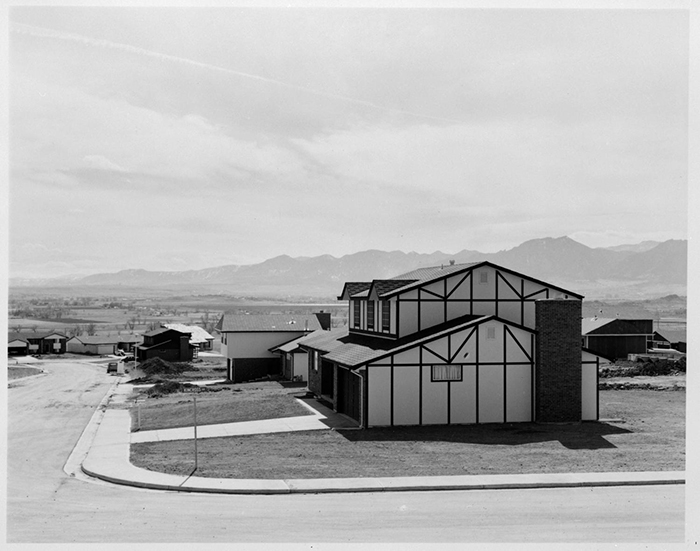
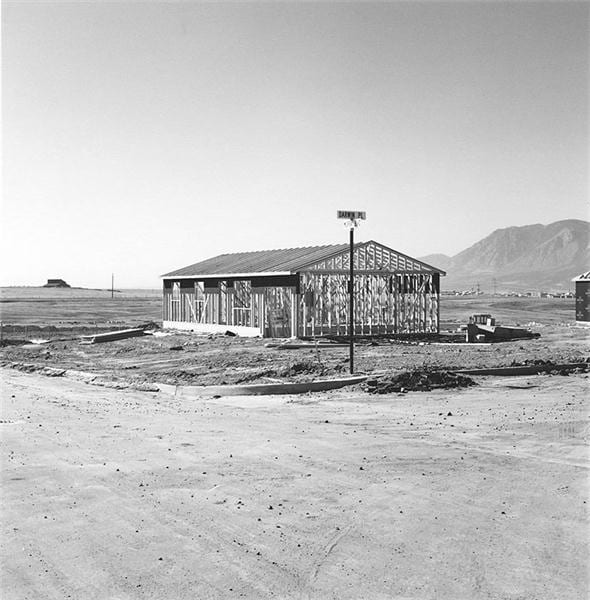
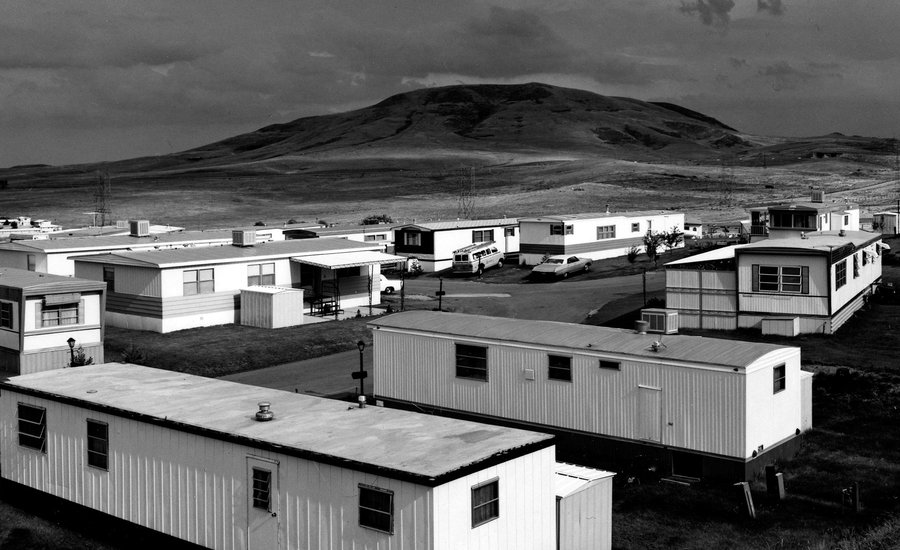
Topographic Photographers
Robert Adams:
Biography :
Robert Adams, born May 8, 1937, is an American photographer who has focused on the changing landscape of the American West. His work first came to prominence in the mid 1970s through his book The New West in 1974 and his participation in the exhibition New Topographies, Photographs of a Man Altered Landscape in 1975.
why was he famous?
Robert Adams is an American photographer best known for his images of the American West. Offering solemn meditations on the landscapes of California, Colorado, and Oregon, Adams’s black-and-white photos document the changes wrought by humans upon nature.
Why did Robert Adams get into photography?
When Adams returned to Colorado to begin what he anticipated would be a career in teaching, he was dismayed by the changes he saw in the landscape. He bought a 35-mm camera, taught himself the fundamentals of photography, and began making pictures infused with a love for the geography of his home state.
Robert Adams most famous image:

Robert Adams images:
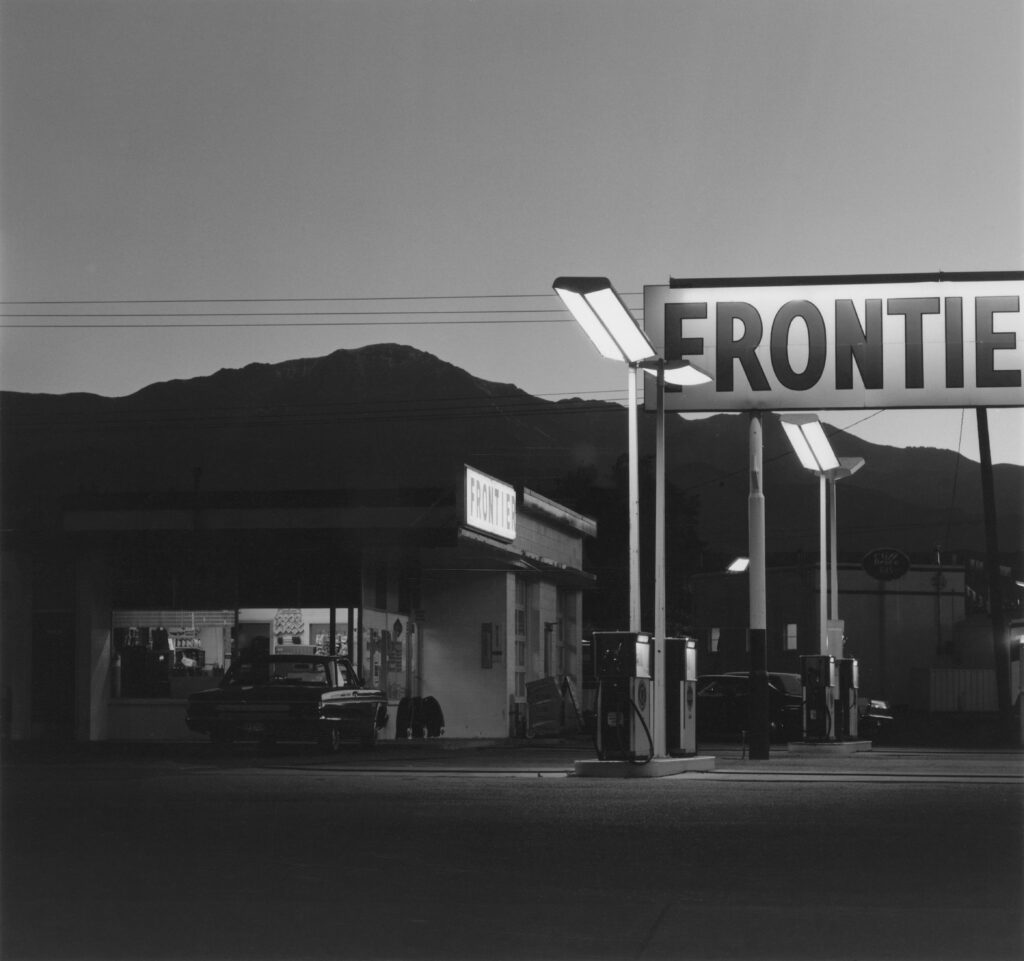
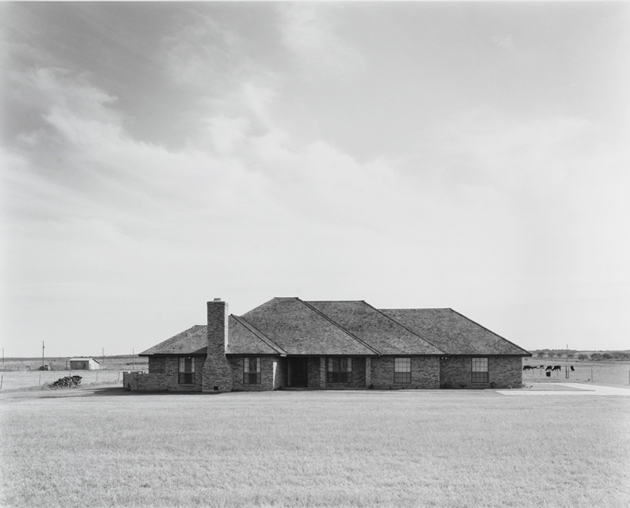
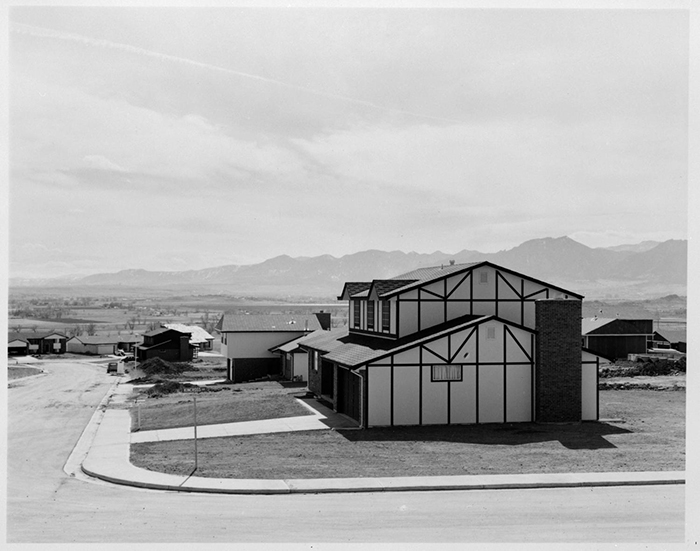
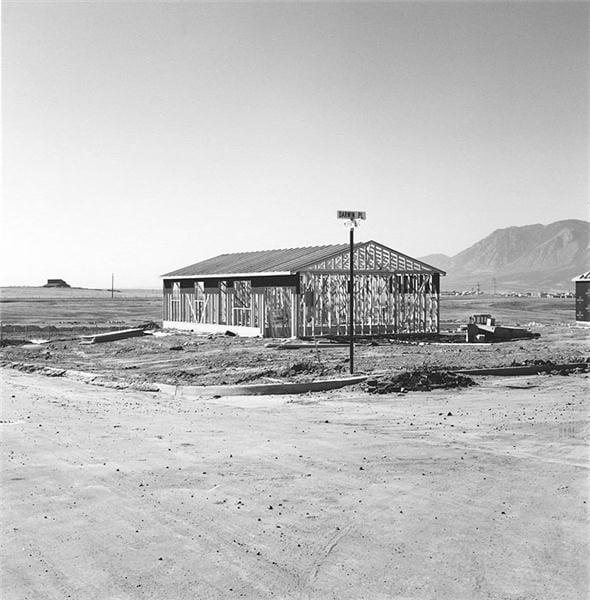
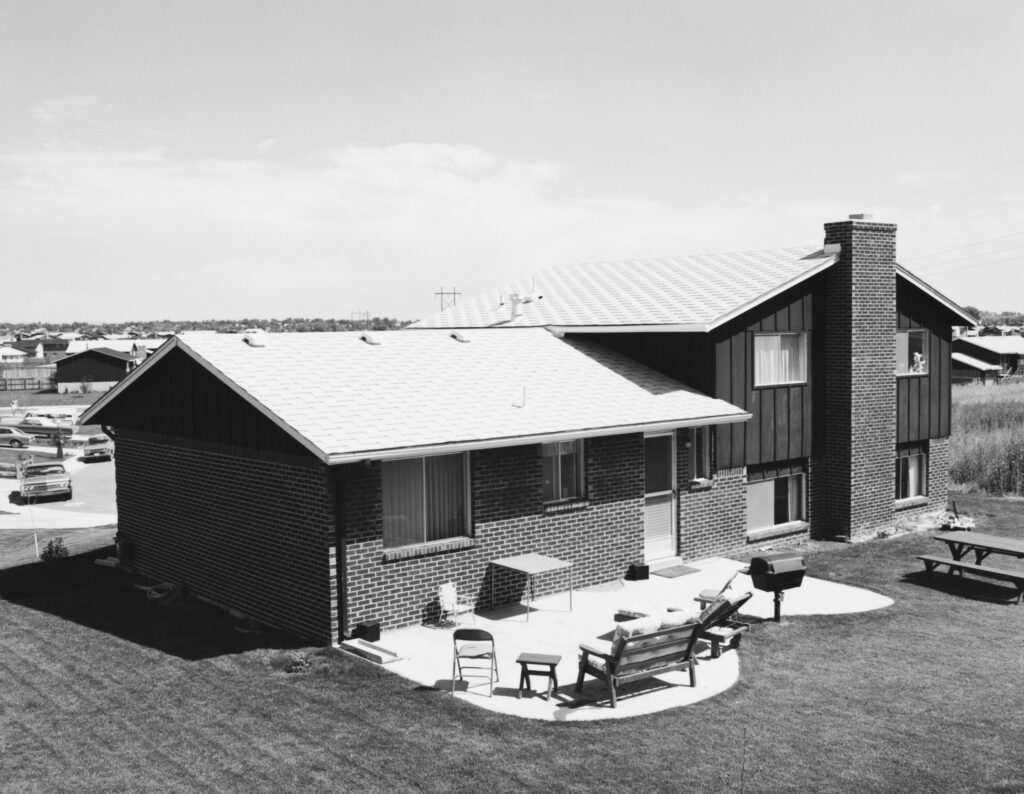
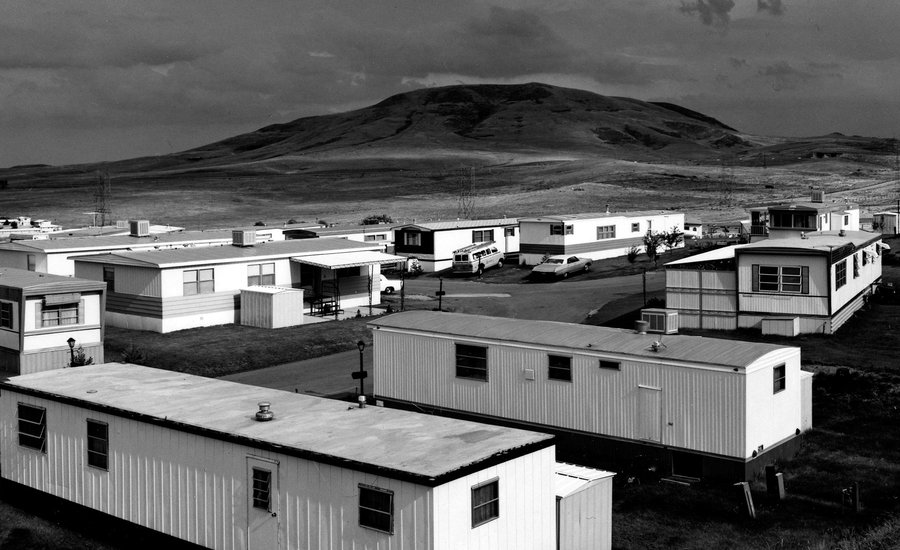
Lewis Baltz
Biography:
Lewis Baltz was born in Newport Beach, California, he studied at the San Francisco Art Institute, and received an MFA from the Claremont Graduate School in 1971. He worked as a freelance photographer in California and taught photography at various institutions, including the California Institute of the Arts, the University of California, Riverside and Santa Cruz, Yale, the Ecole National Supergenre des Beaux Arts, Paris, and the Art Academy of Helsinki. His work has been included in major exhibitions, including New Topographic at the George Eastman House in 1975 and Mirrors and Windows at the Museum of Modern Art in 1978. Baltz, who received National Endowment for the Arts grants in 1973 and 1977 and a Guggenheim Fellowship in 1977, has produced many projects on commission, among them The Nation’s Capital in Photographs for the Corcoran Gallery of Art and Near Reno for the Nevada State Arts Commission. He has been based in Europe since the mid1980s and travels extensively.
what made Lewis Baltz famous?
He was an important figure in the New Topographics movement of the late 1970s. His best known work was monochrome photography of suburban landscapes and industrial parks which highlighted his commentary of void within the “American Dream”.
what made Lewis Baltz start photography?
Like his contemporaries Robert Adams, Stephen Shore, and Bernd and Hilla Becher, Baltz focused his camera on the unassuming green spaces and architecture of tract housing, office parking lots, and industrial parks.
Lewis Baltz photography:
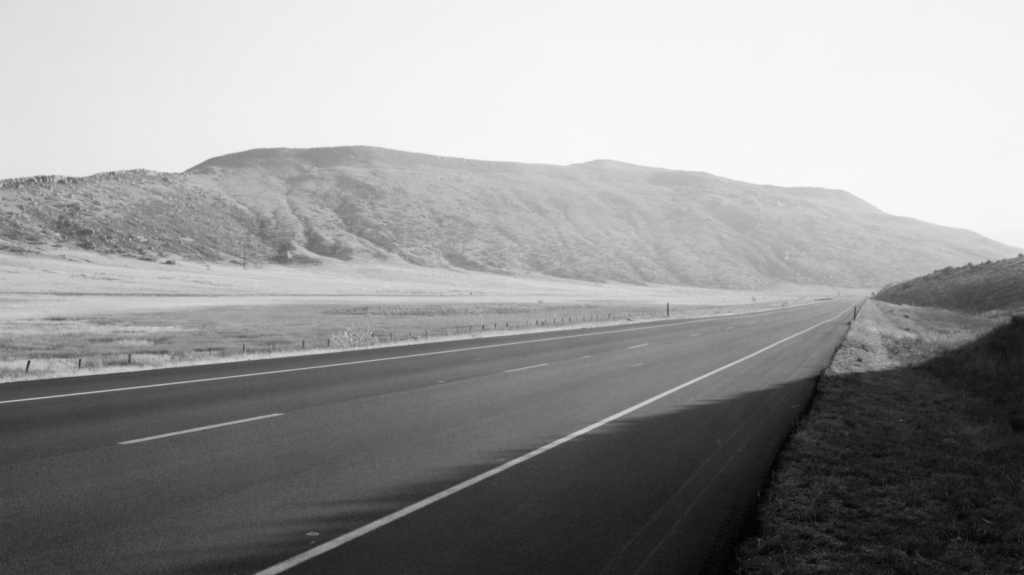


New Topographic photoshoot




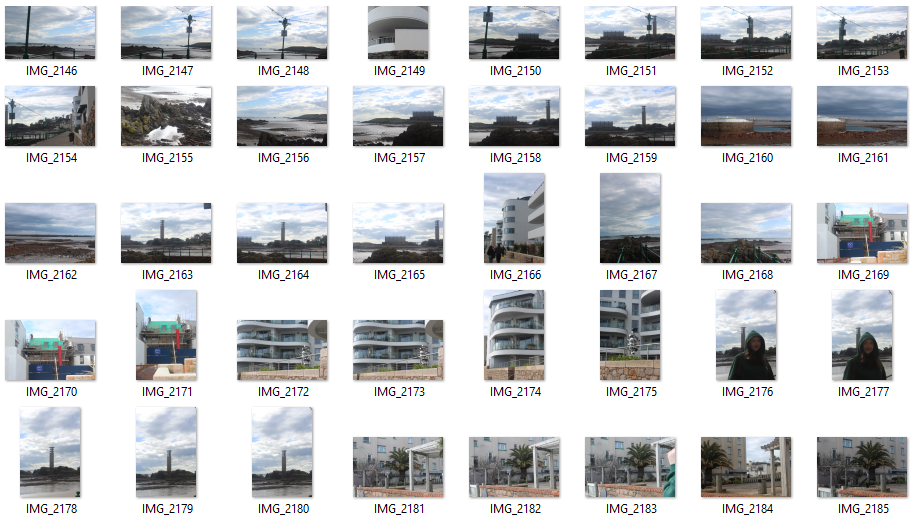

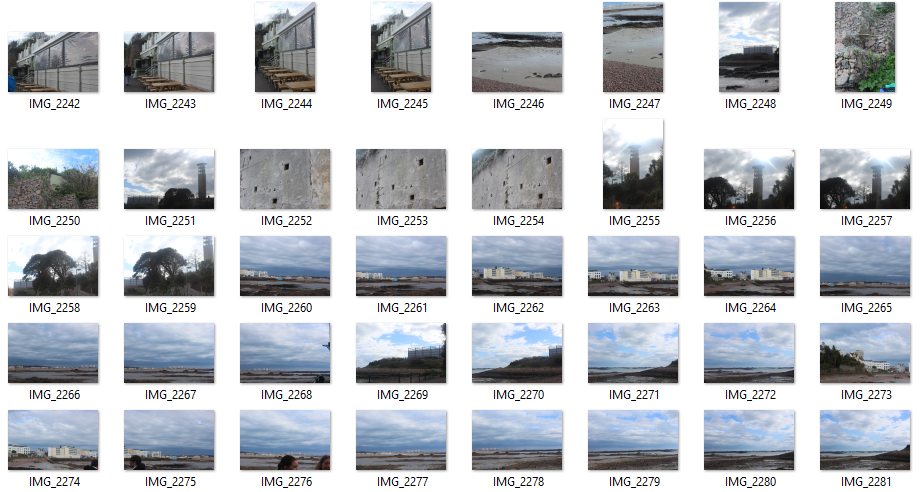
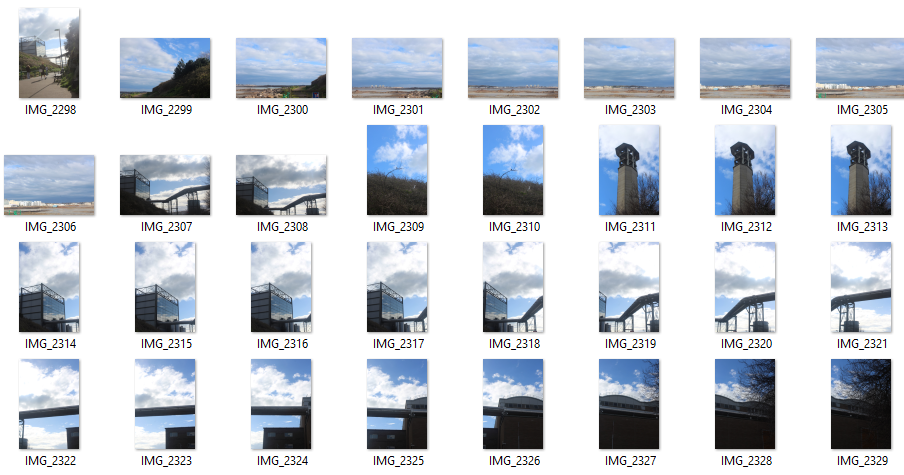
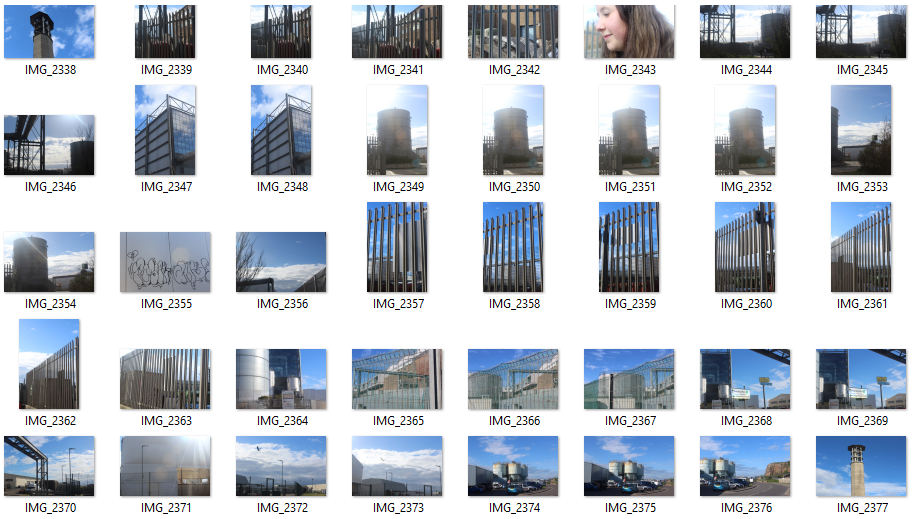
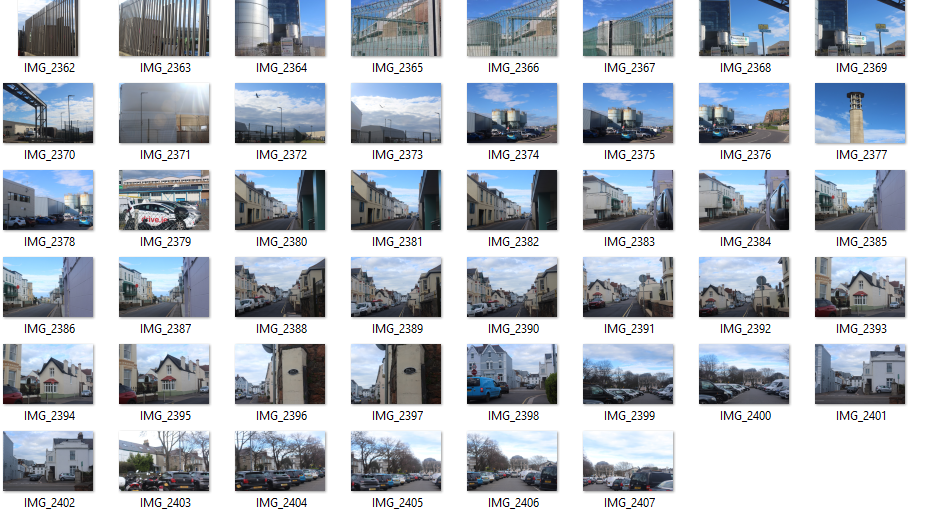
Best Images:
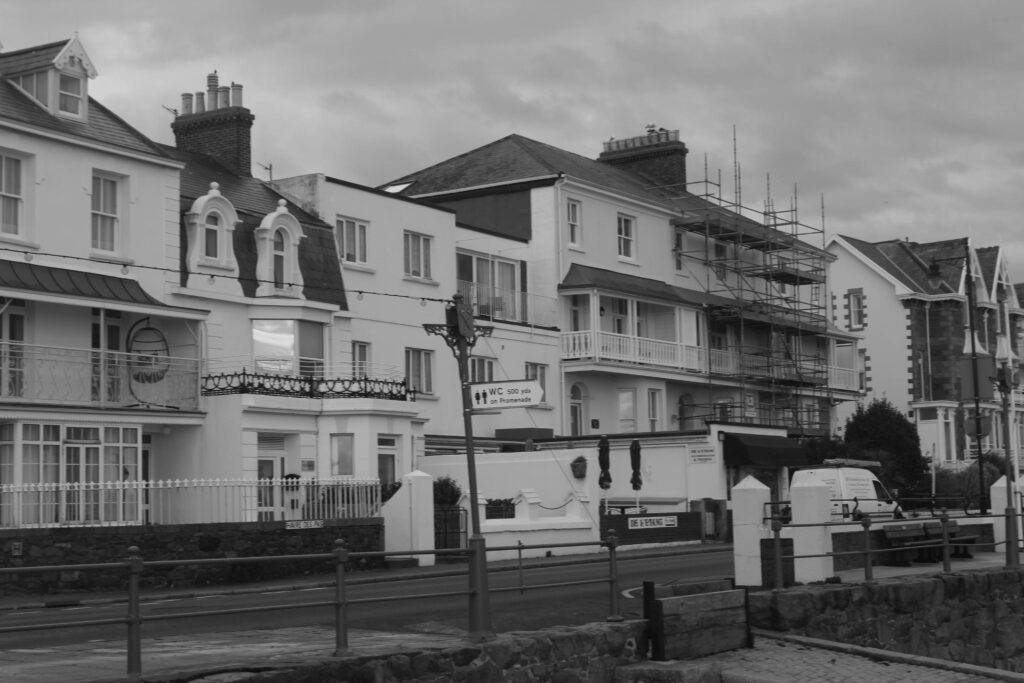


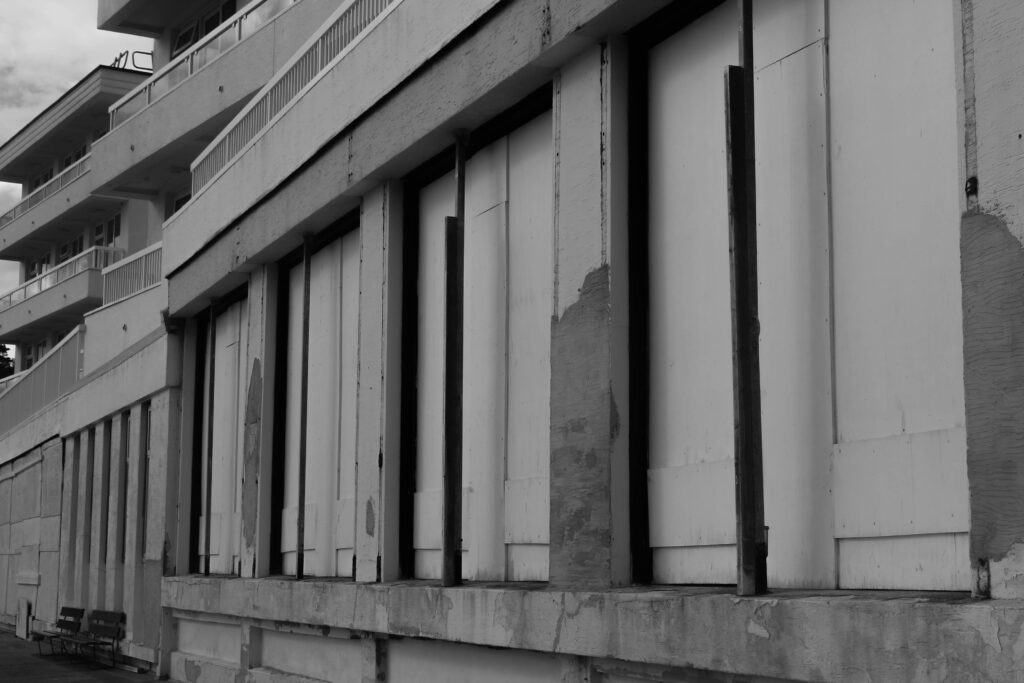
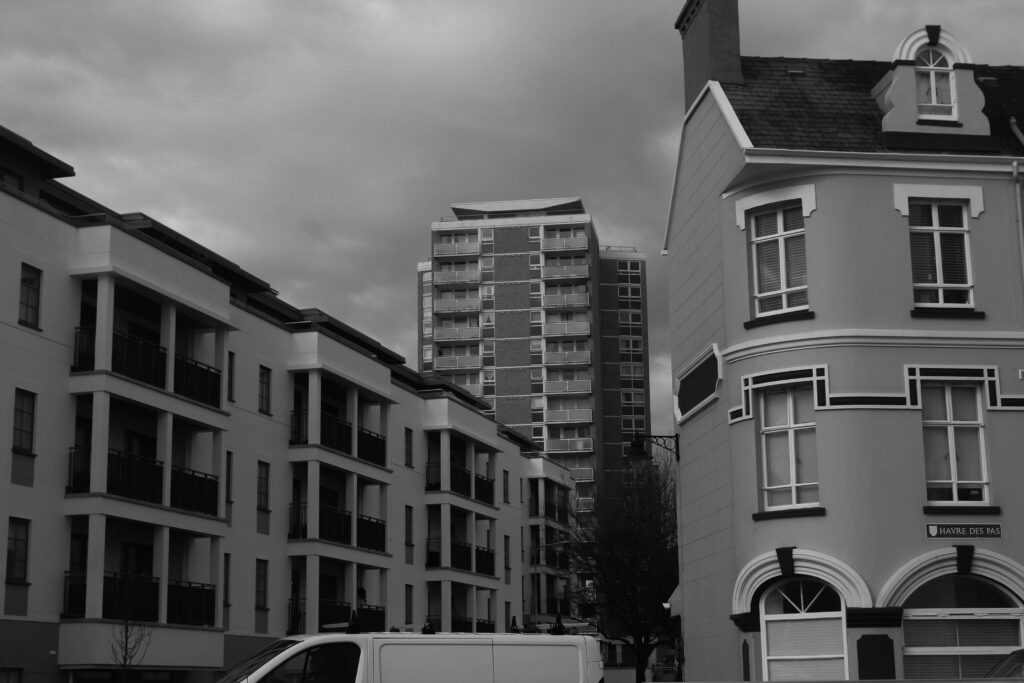
Edits:
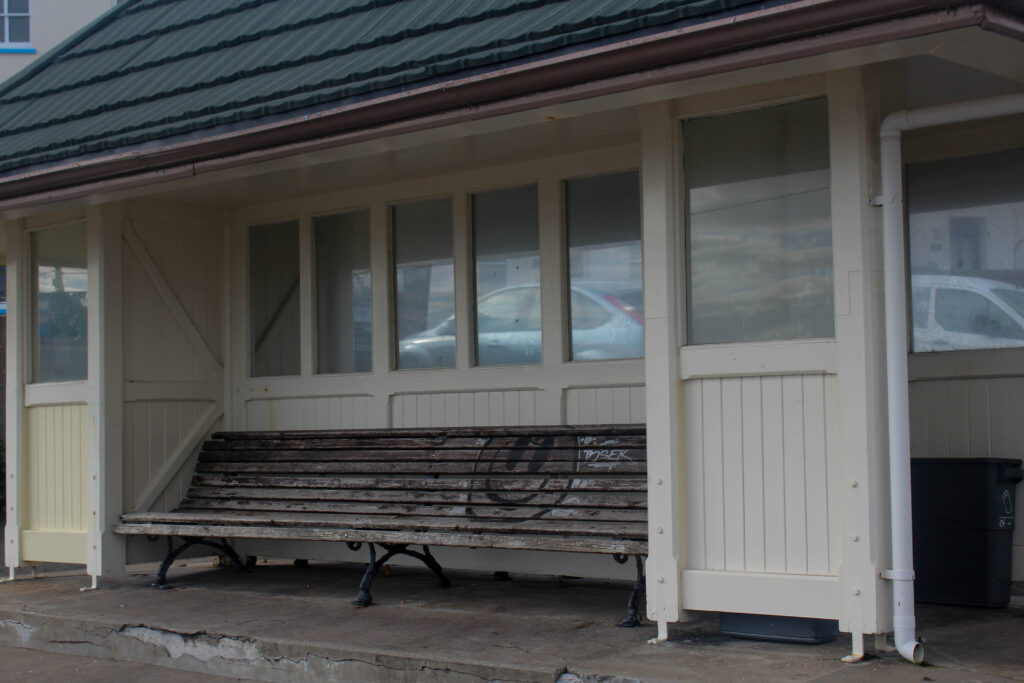

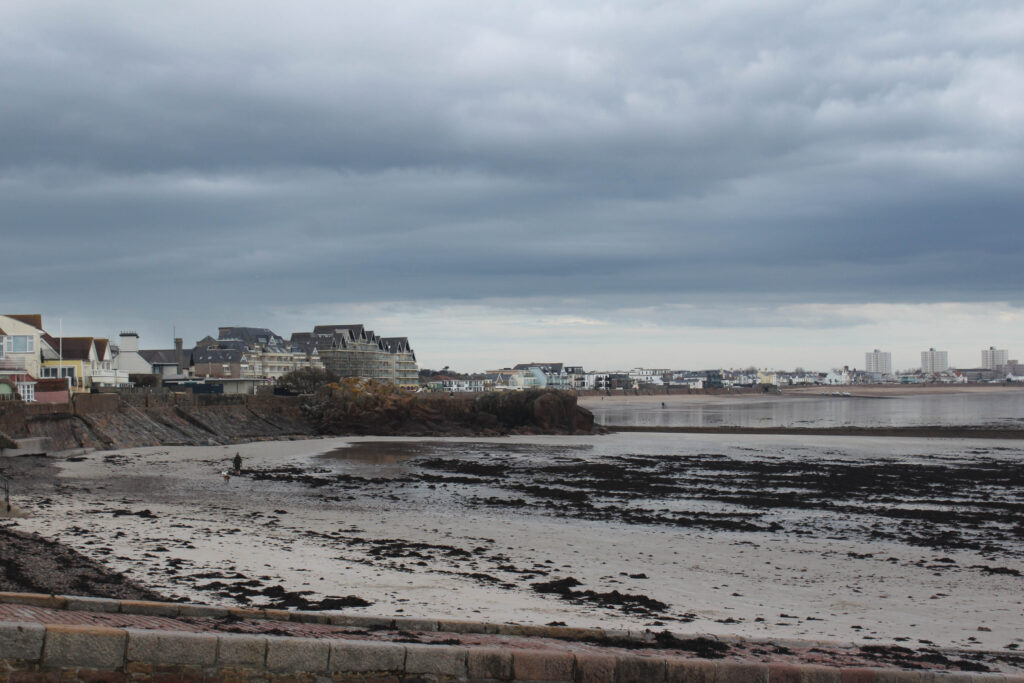
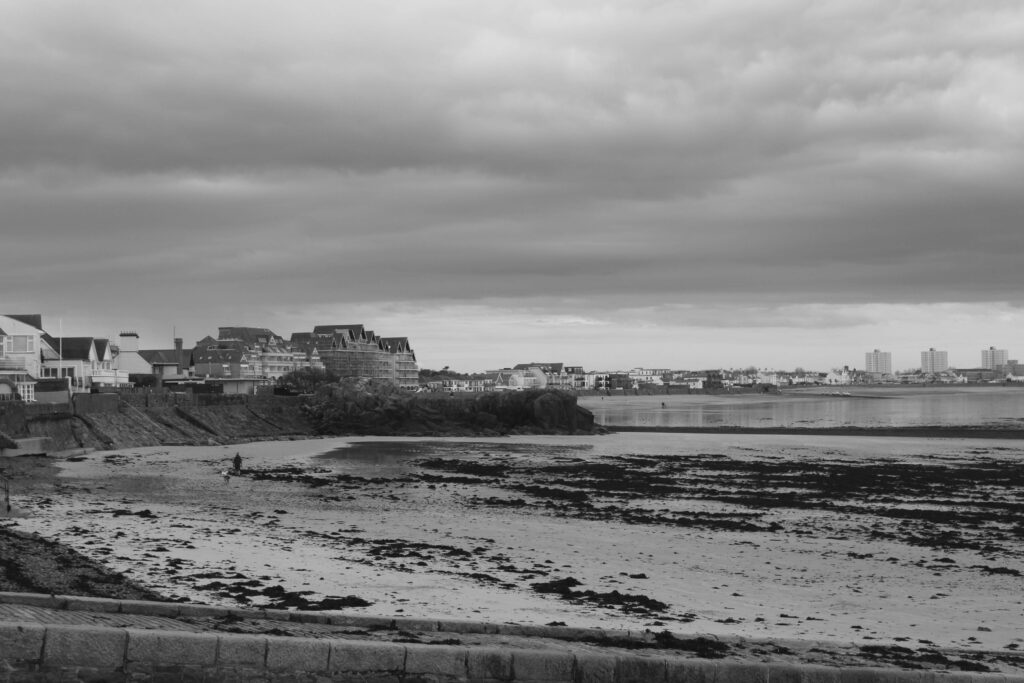
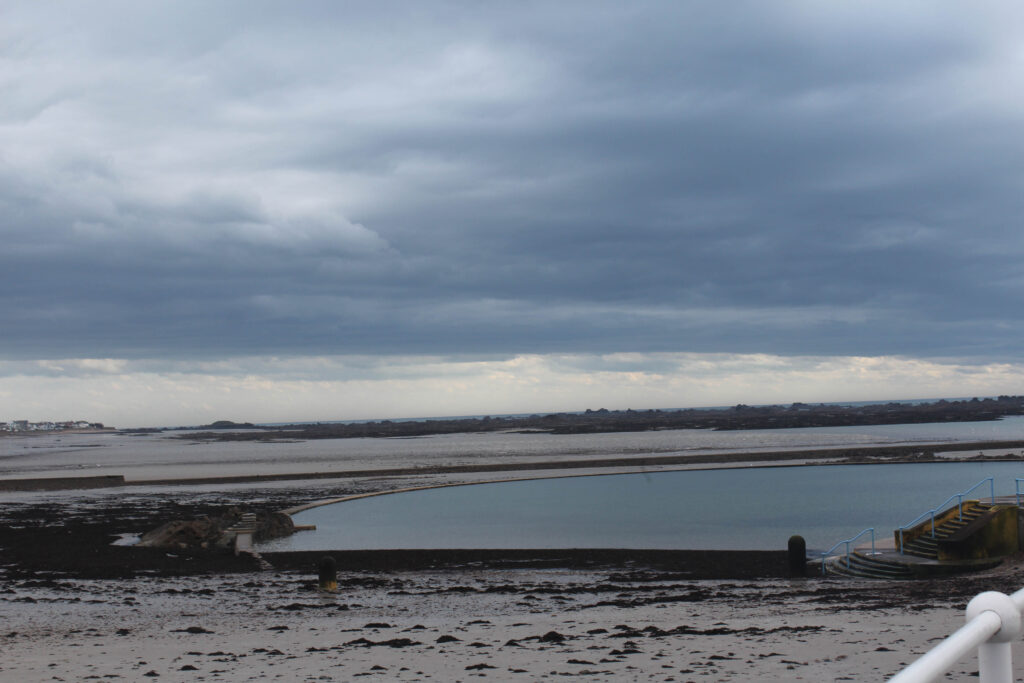
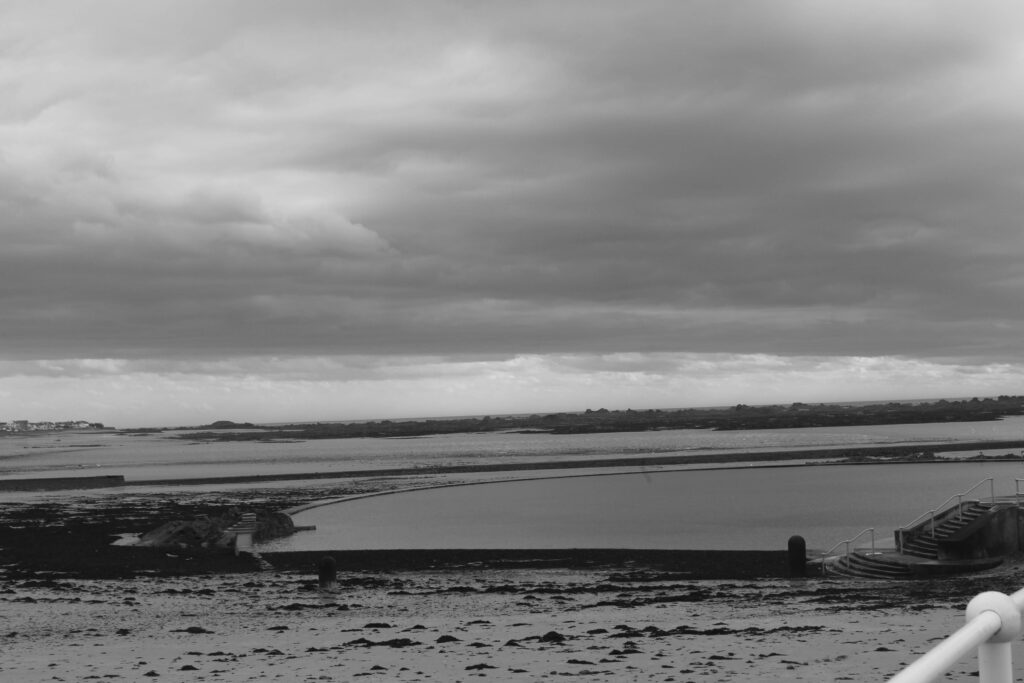
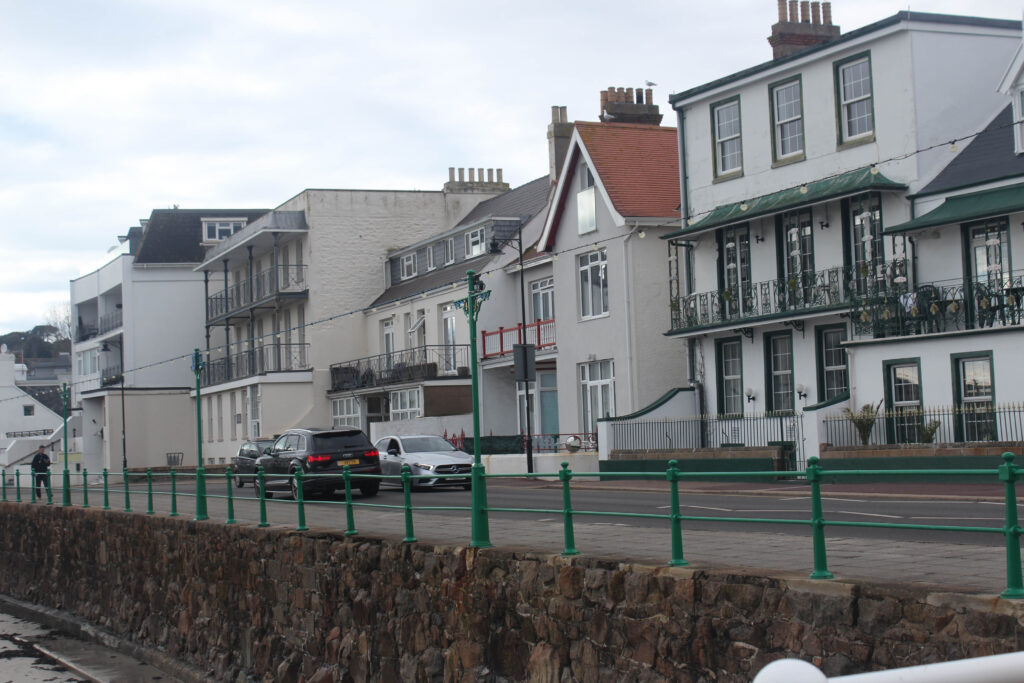
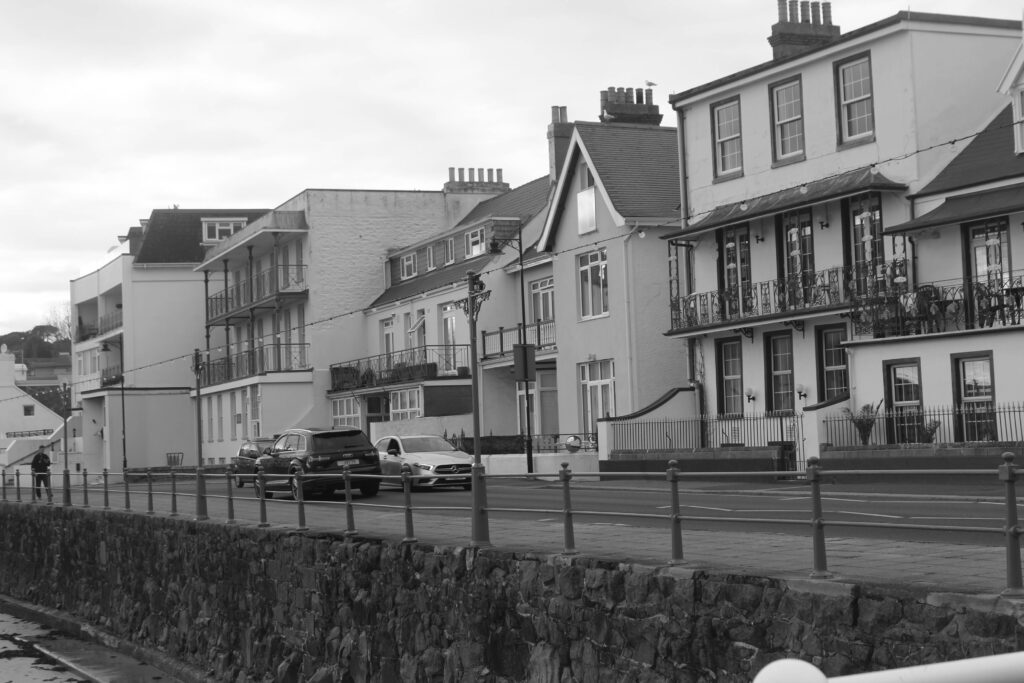

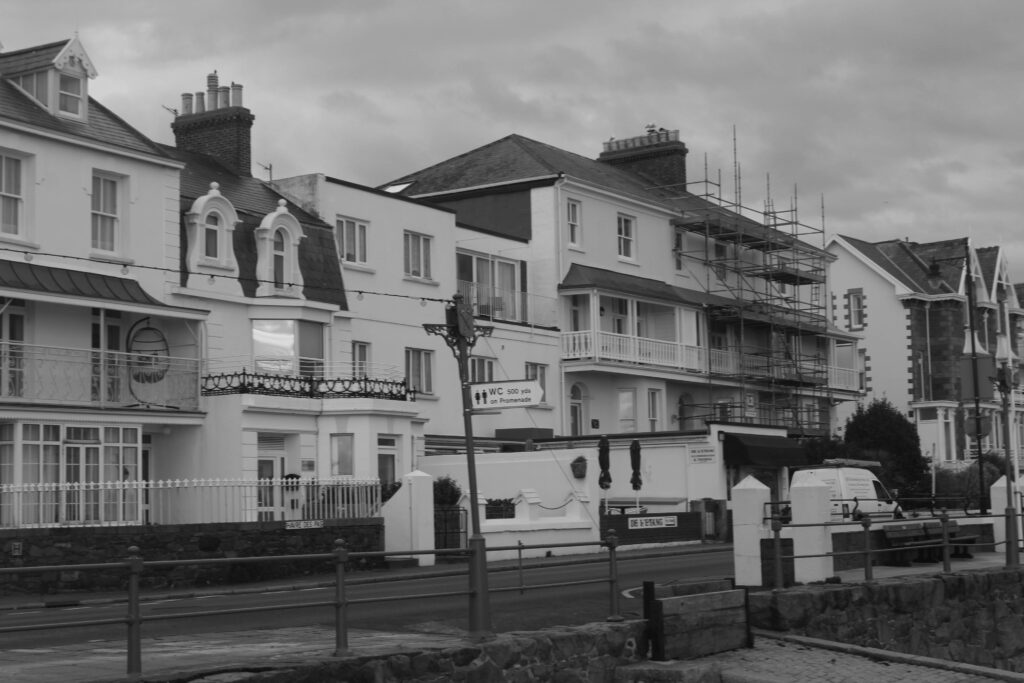
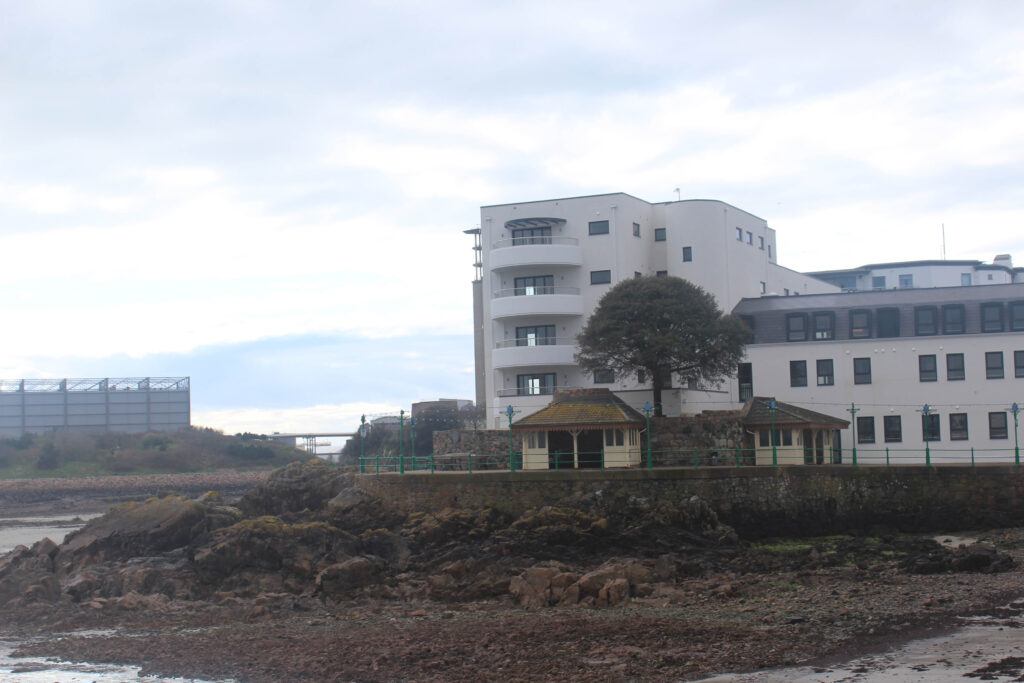
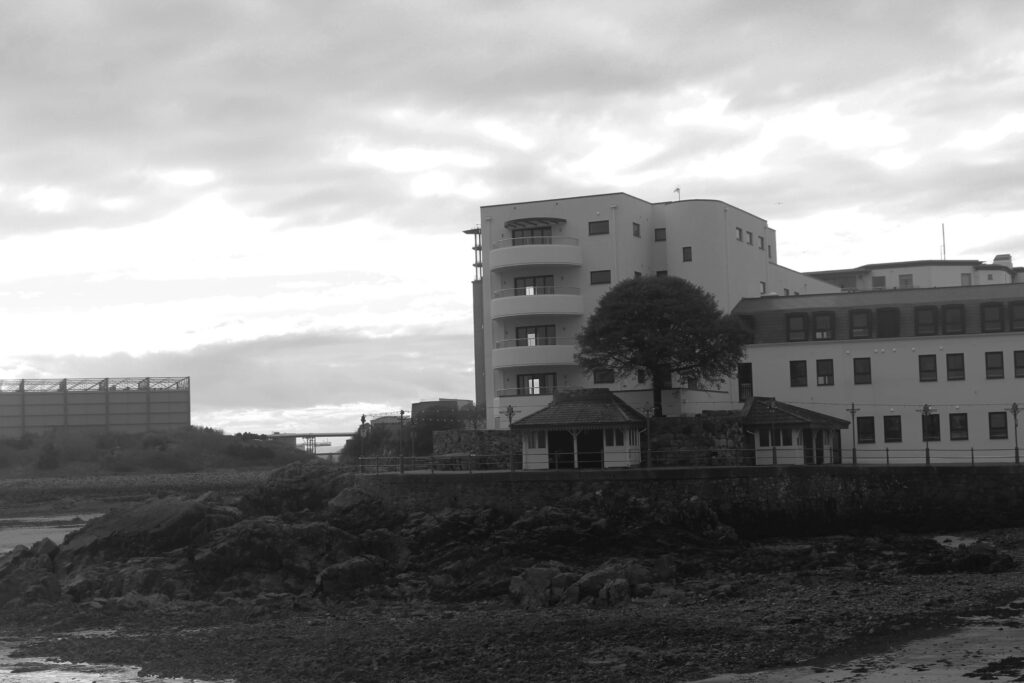

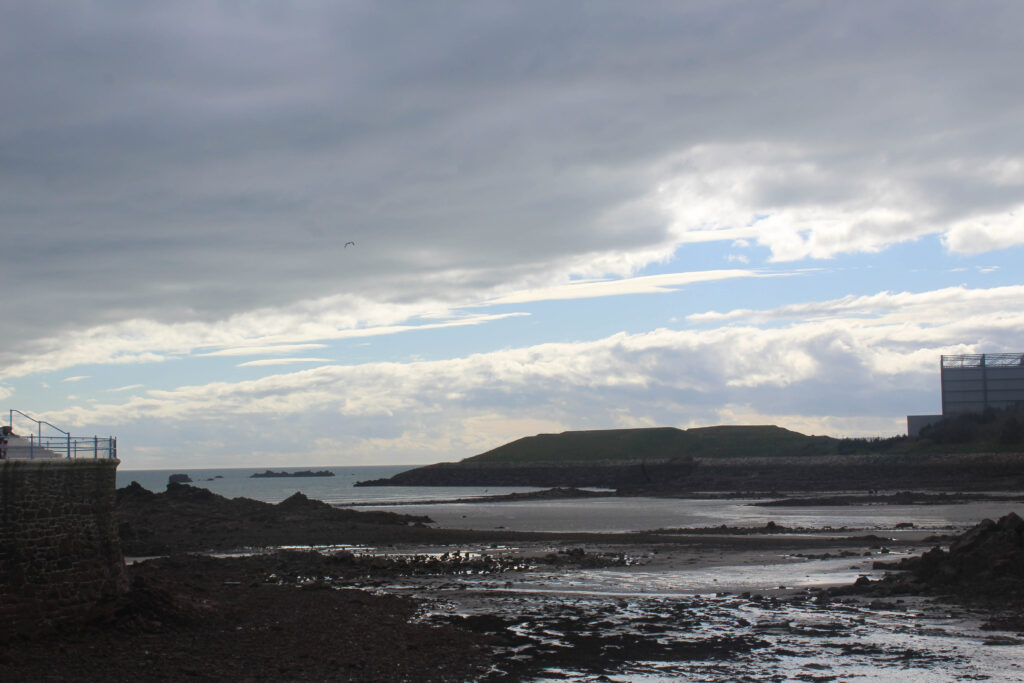

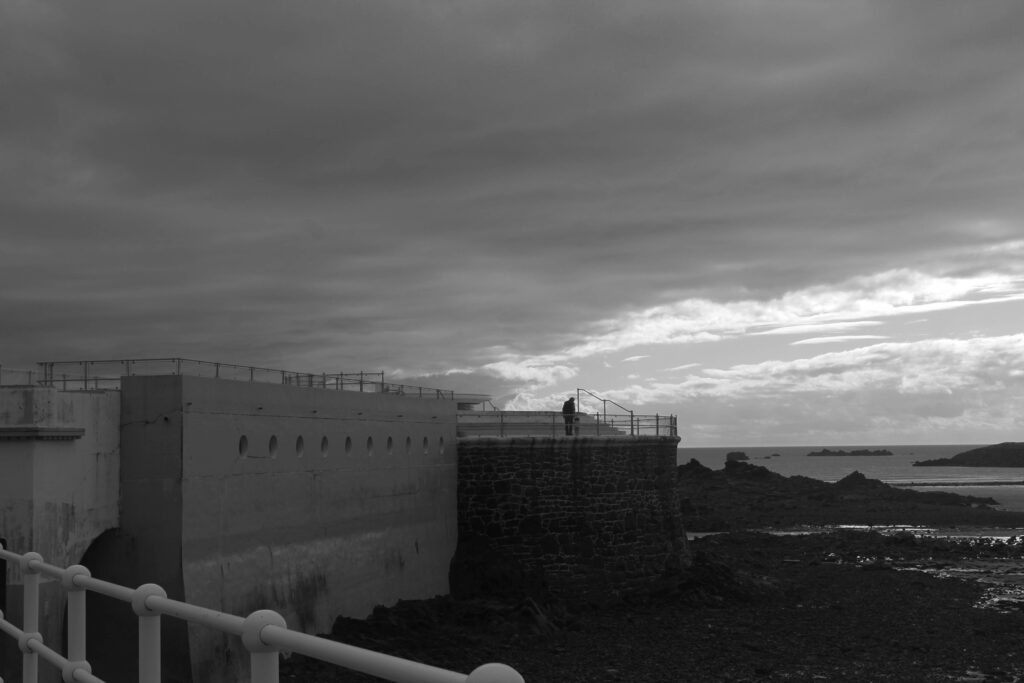

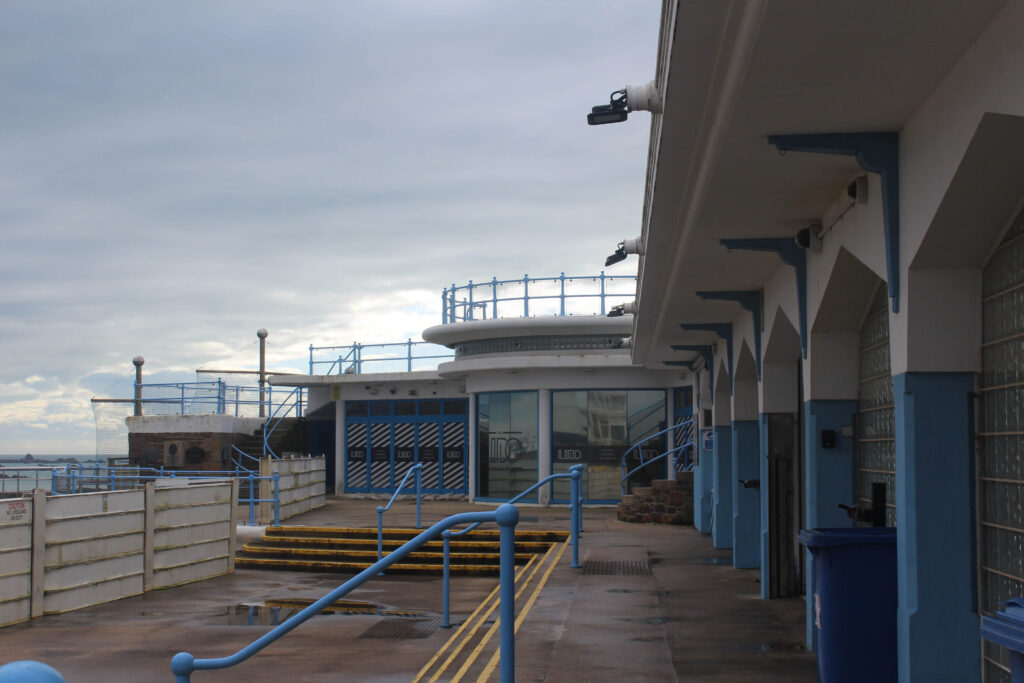
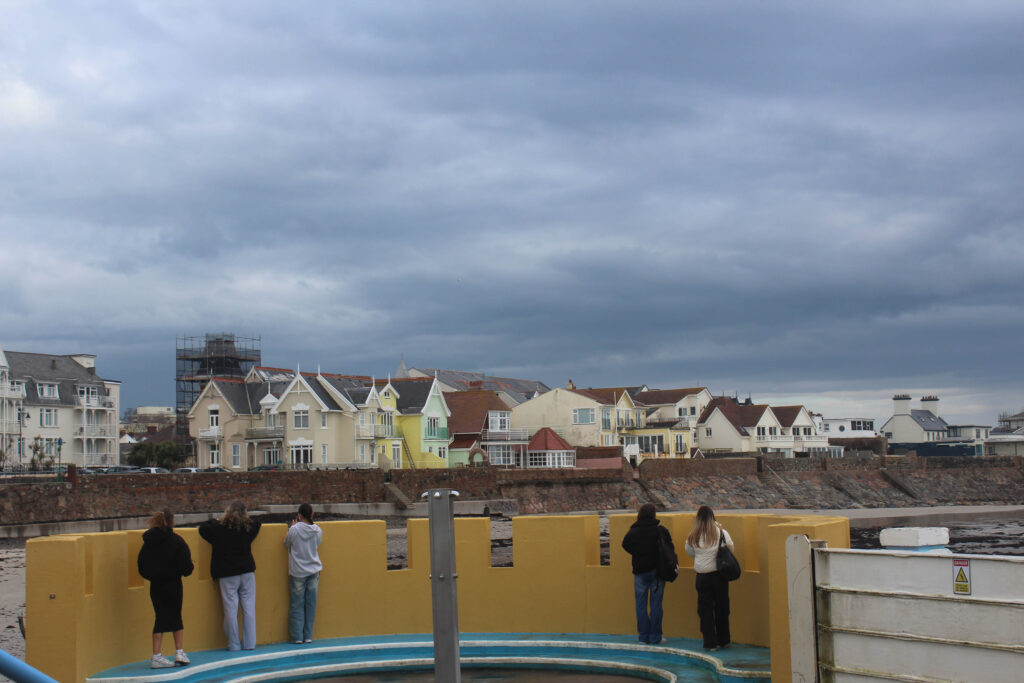

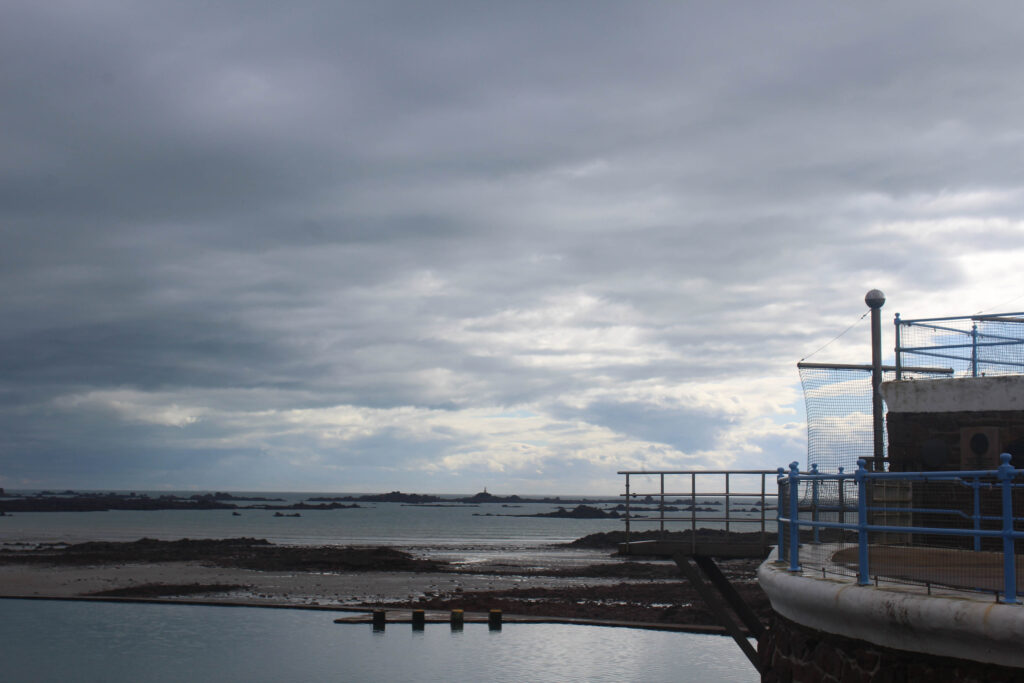
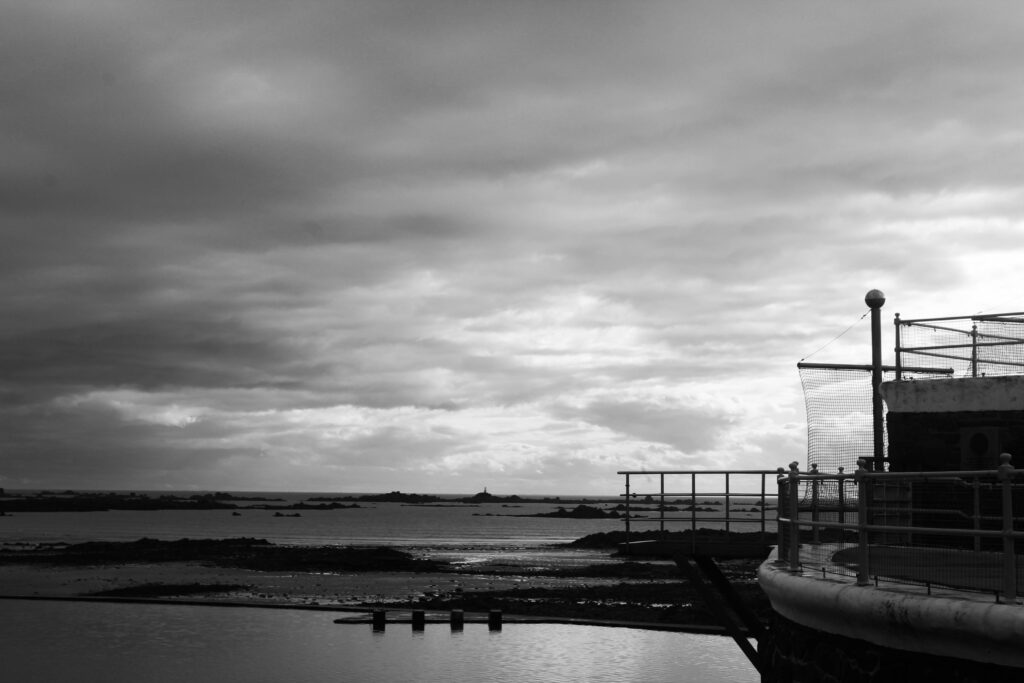
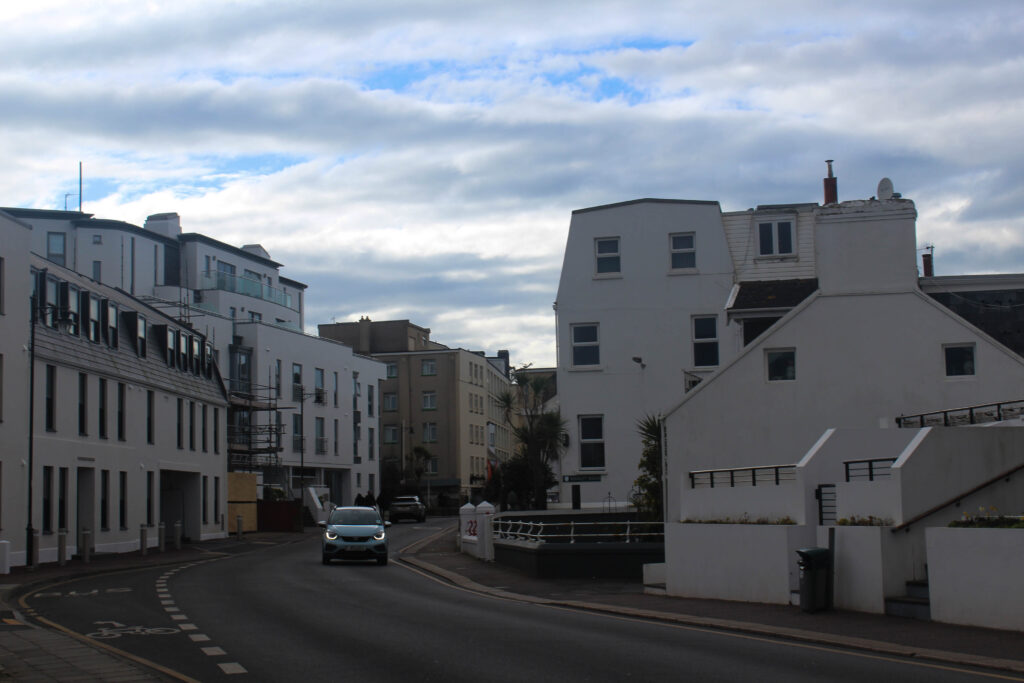

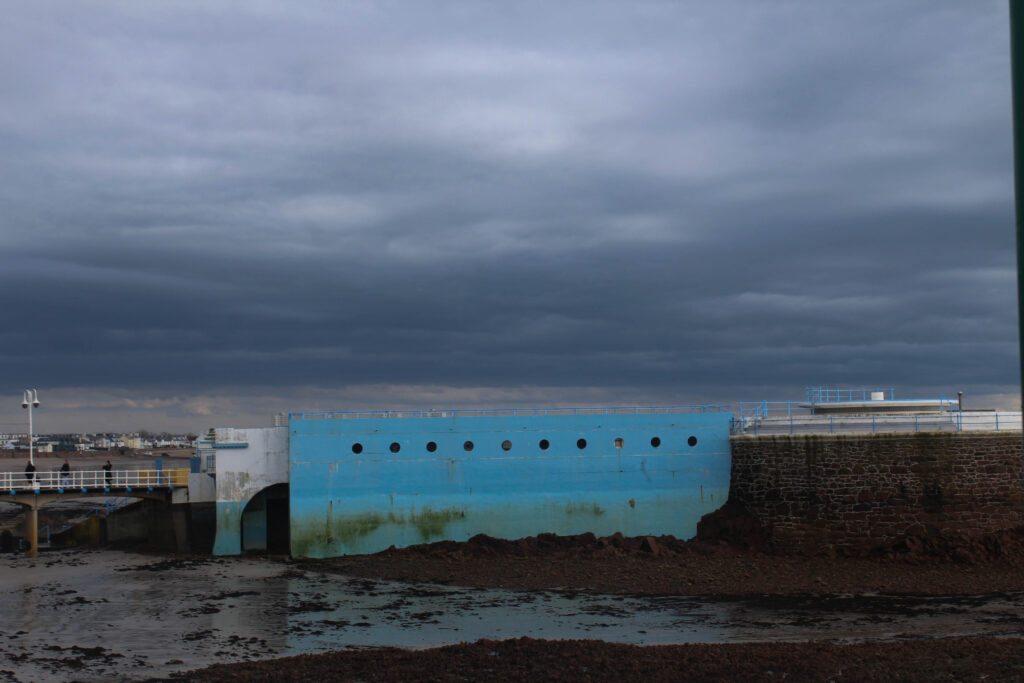
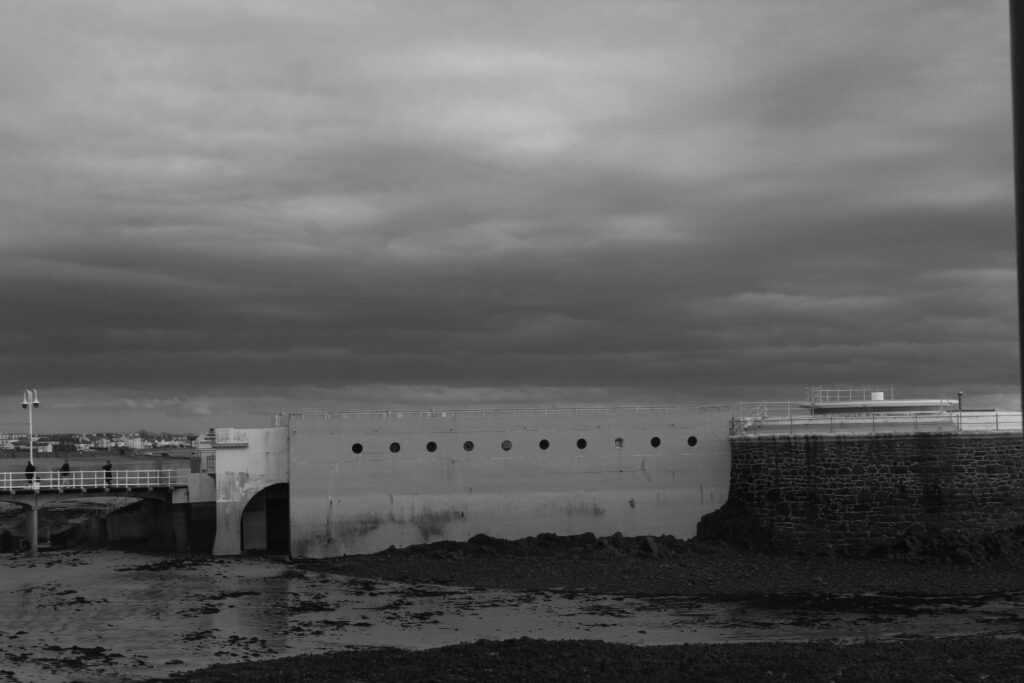

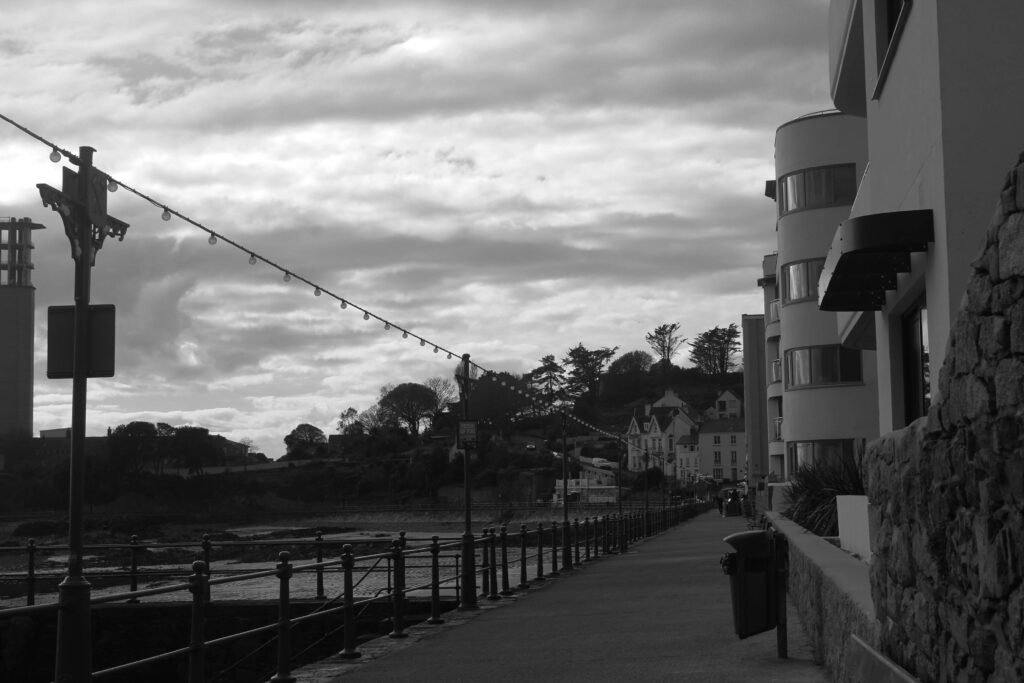
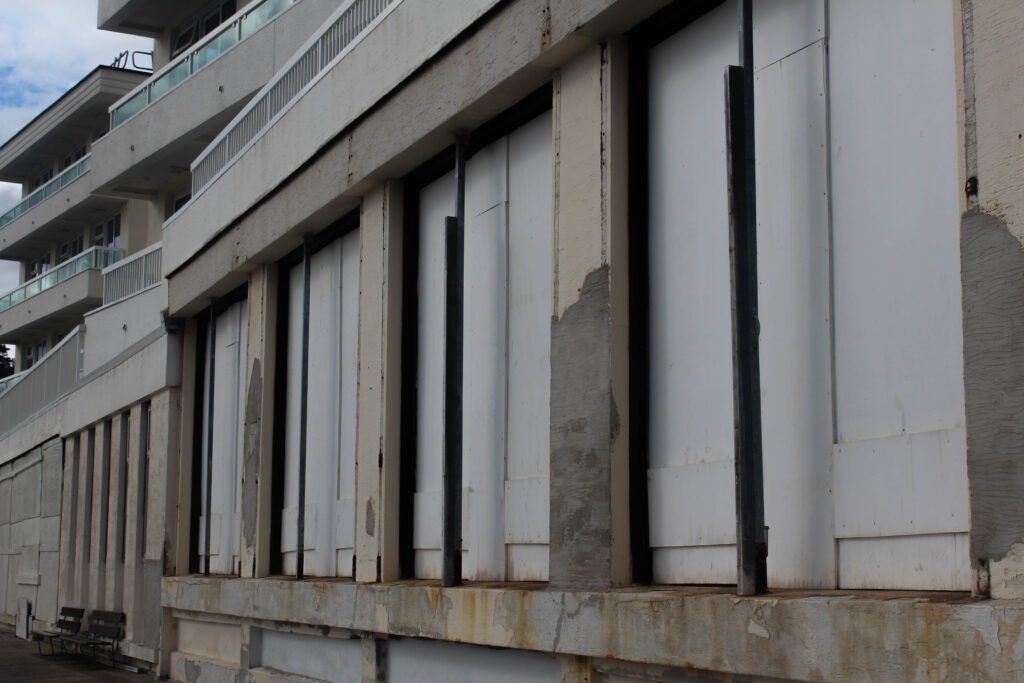
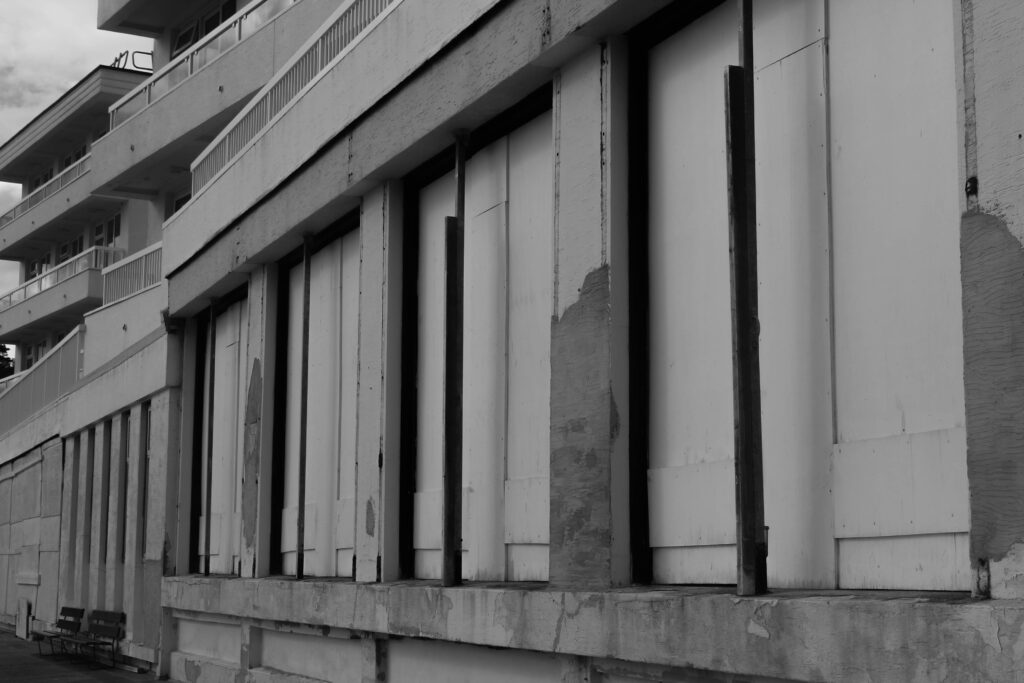
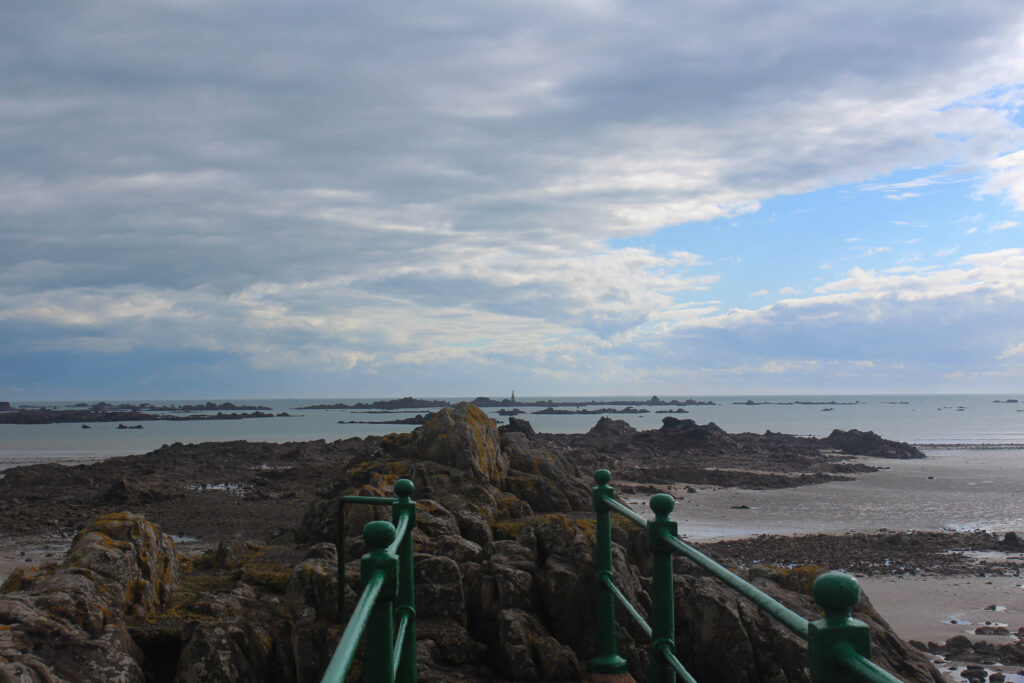

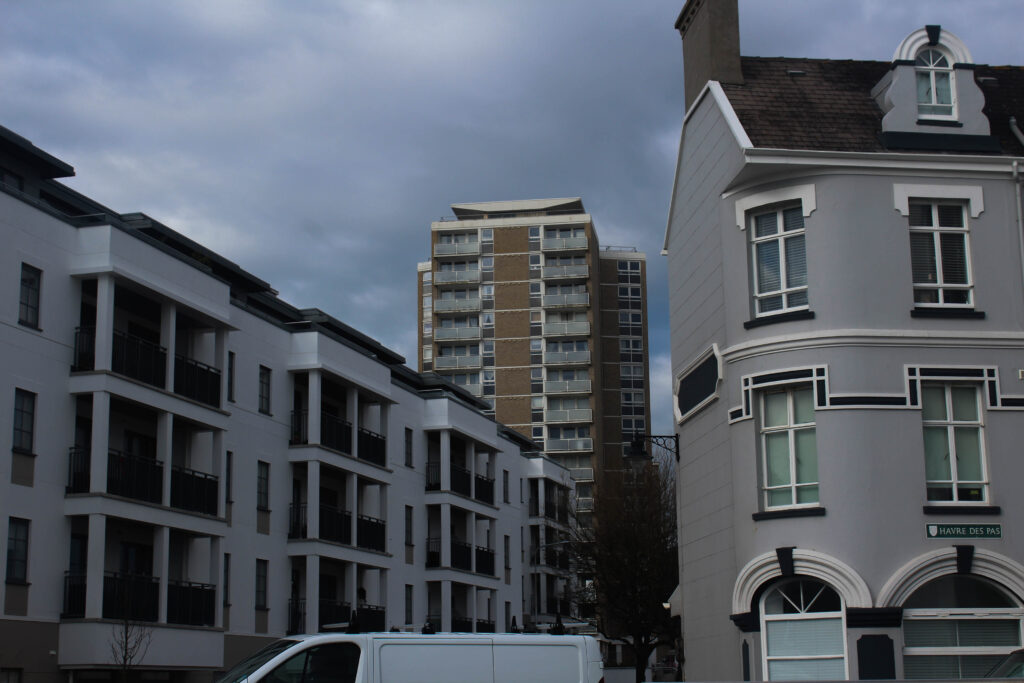
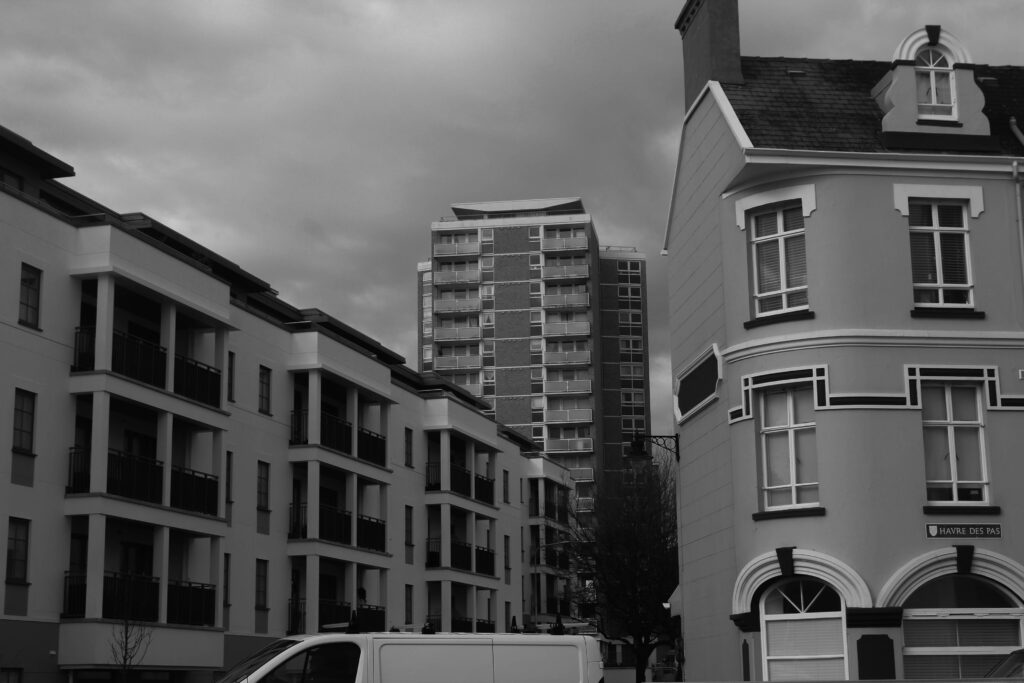
Evaluation :
For all of my edits I have used photoshop and Lightroom, I began by choosing some of my best images in Lightroom and manipulating them by changing the highlights, saturation, blacks/whites, brightness, and a few more things, I then saved that version of the image before changing the image to black and white and then resaving it as a new copy.
Best edit:
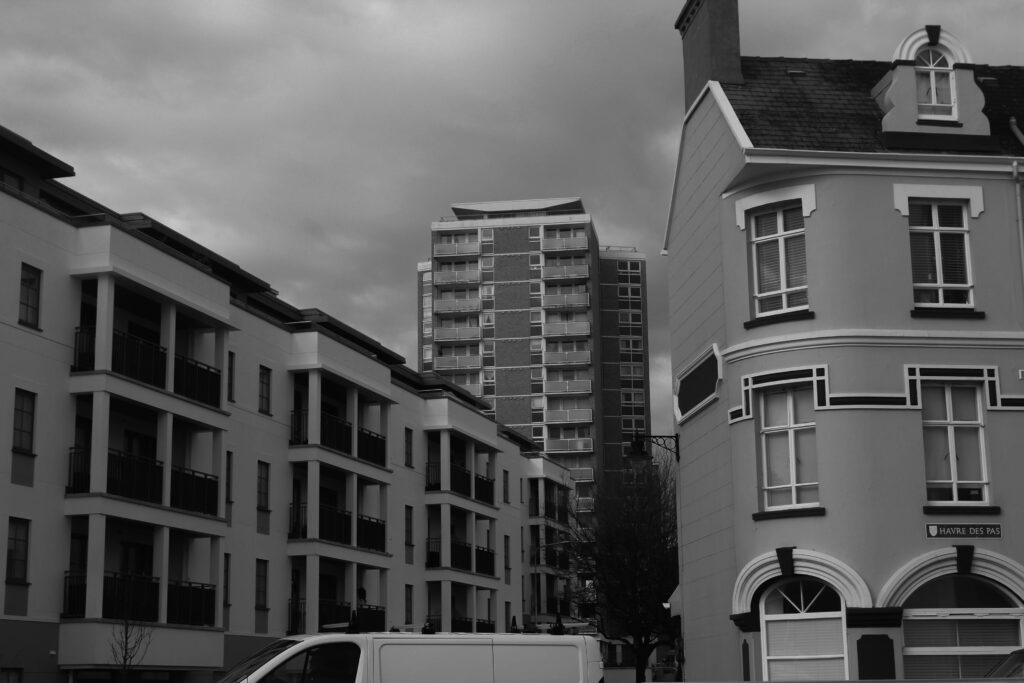
I would say this is one of my best edits as it has a range of different shades and structures which really make it stand out, the mix of colours within the greyscale makes this photo appealing to the eye, it is a very sharp and snappy image which has areas of pure darkness contrasted with areas of lighter shades which creates a really eye catching, unique effect. This image is a dead pan image which means its very centre lined and straight which is what the new topographic follows. The image is very clear and has a clear range and variety of different shapes within the image.
Within the image there are different generations of architecture, the buildings on the far left are new modern buildings which had been recently built, Then the image in the centre left side of the image was built years ago which makes the image stand out even more as there are three generations of buildings within one image, this shows the industrial side of the image.
Photo comparison :

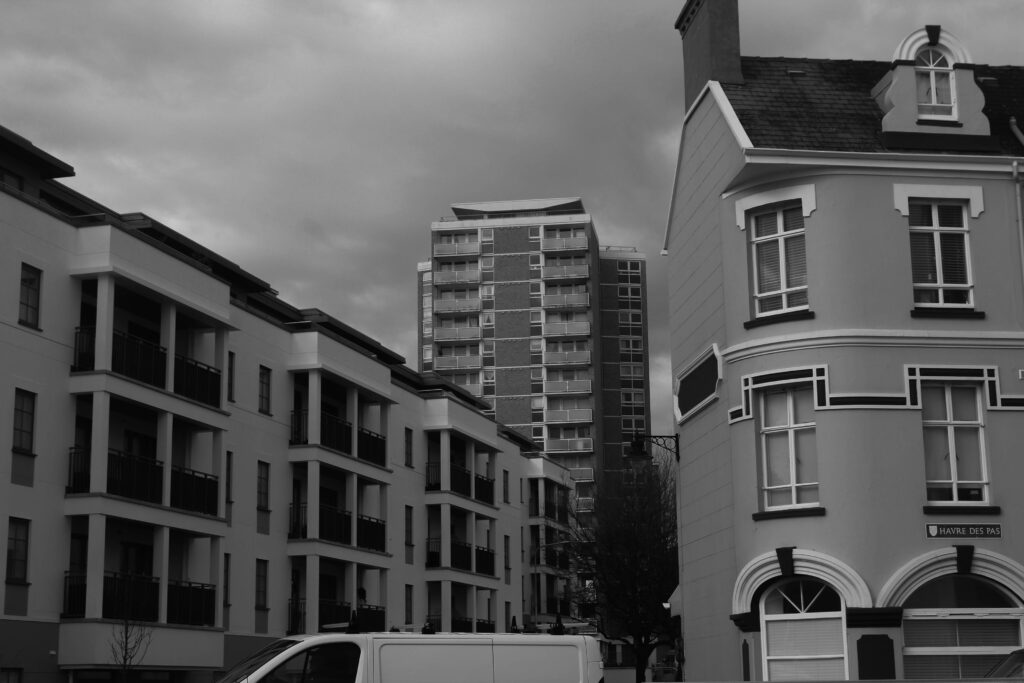
In my image I have followed the way in which the new topographic photographers create images by making landscape images of buildings surrounded by the natural elements of the world, As seen in the comparing images they are very similar and both use a wide variation of greyscale and shades throughout the images, with the darker areas drawing your eyes and following out to the lighter areas of the images, both images have a lot of contrast within the shades and both have a variety of shapes and structures within.
